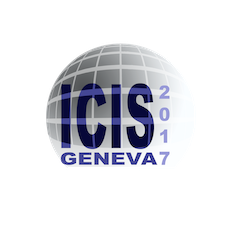Speaker
Description
Negative ion sources are the first stage of several types of accelerators, ranging from medical applications to materials testing and to heating systems for nuclear fusion devices. One of the most important aspects of the sources is the amount of extracted ion current, which depends on the extraction voltage and on the availability of ions inside the source plasma; this situation is described by the Child-Langmuir law. The extraction of ions from the source is facilitated by an initial ion velocity. In the case of negative ions, plasma electrons also play a role in the definition of the maximum extractable ion current, which can be significantly decreased for the possibly combined effects of large electron current and magnetic field configuration.
The present contribution gives a comprehensive theory of the electrostatic extraction of particles from the meniscus, the plasma boundary which forms at the apertures of a negative ion source in the aforementioned conditions. A normalised treatment is adopted, which is suitable for application to different types of plasmas.
Data from the flexible multi-aperture RF-based caesium-free negative ion source NIO1 are studied, which exhibit saturation in the extracted current depending on the plasma parameters both in hydrogen and in oxygen.
This work has been carried out within the framework of the EUROfusion Consortium and has received funding from the Euratom research and training programme 2014-2018 under grant agreement No 633053. The views and opinions expressed herein do not necessarily reflect those of the European Commission.
